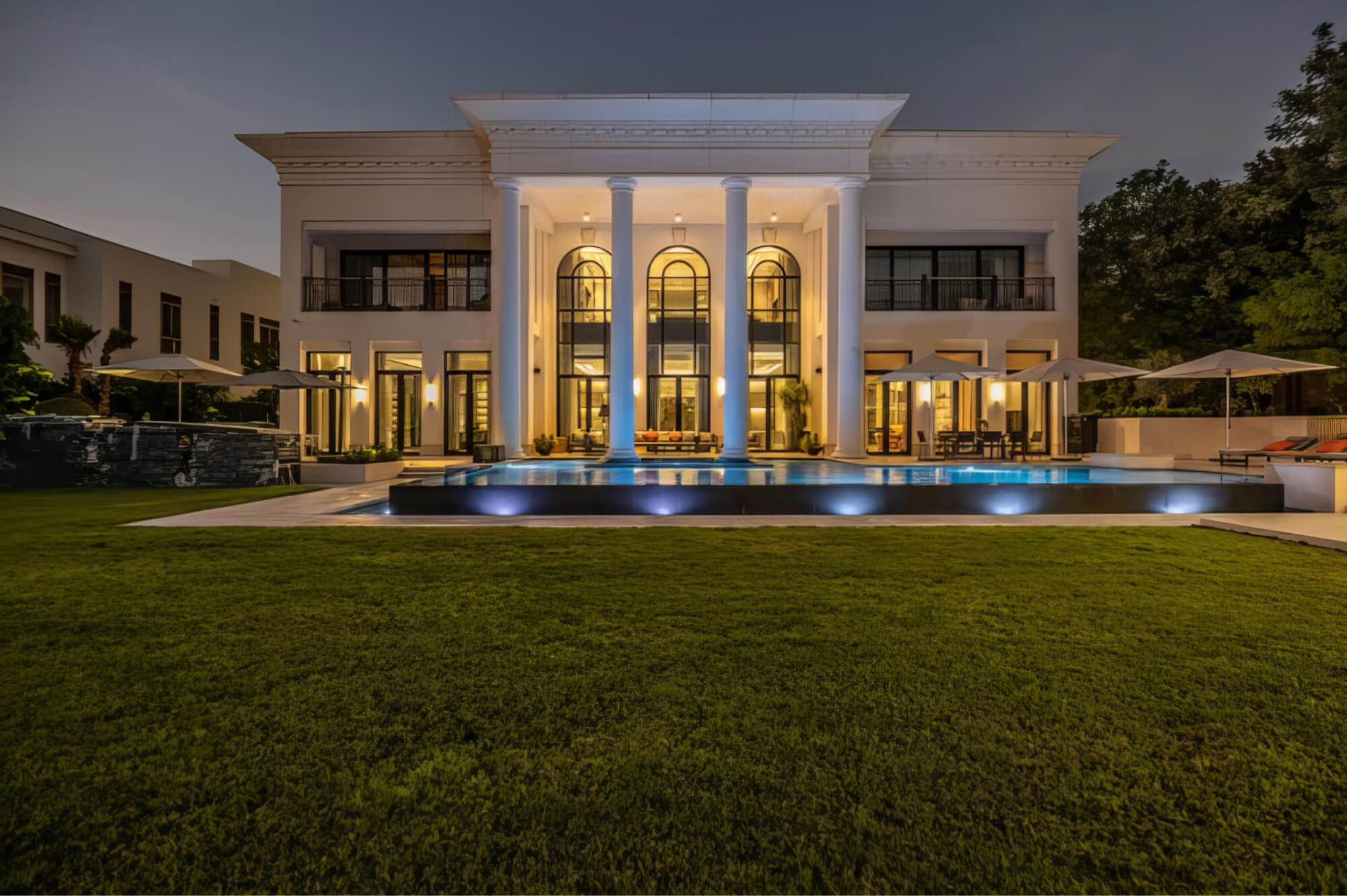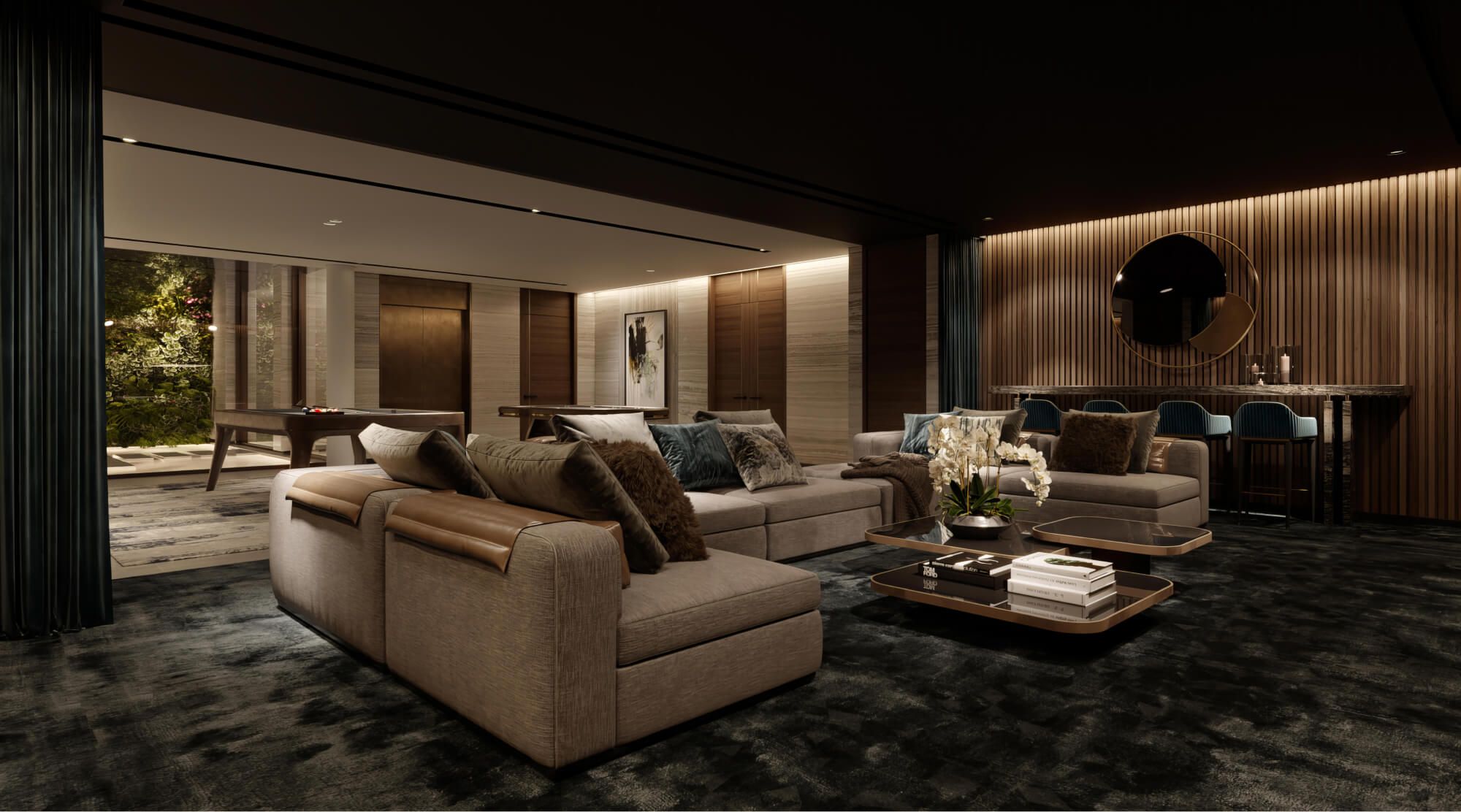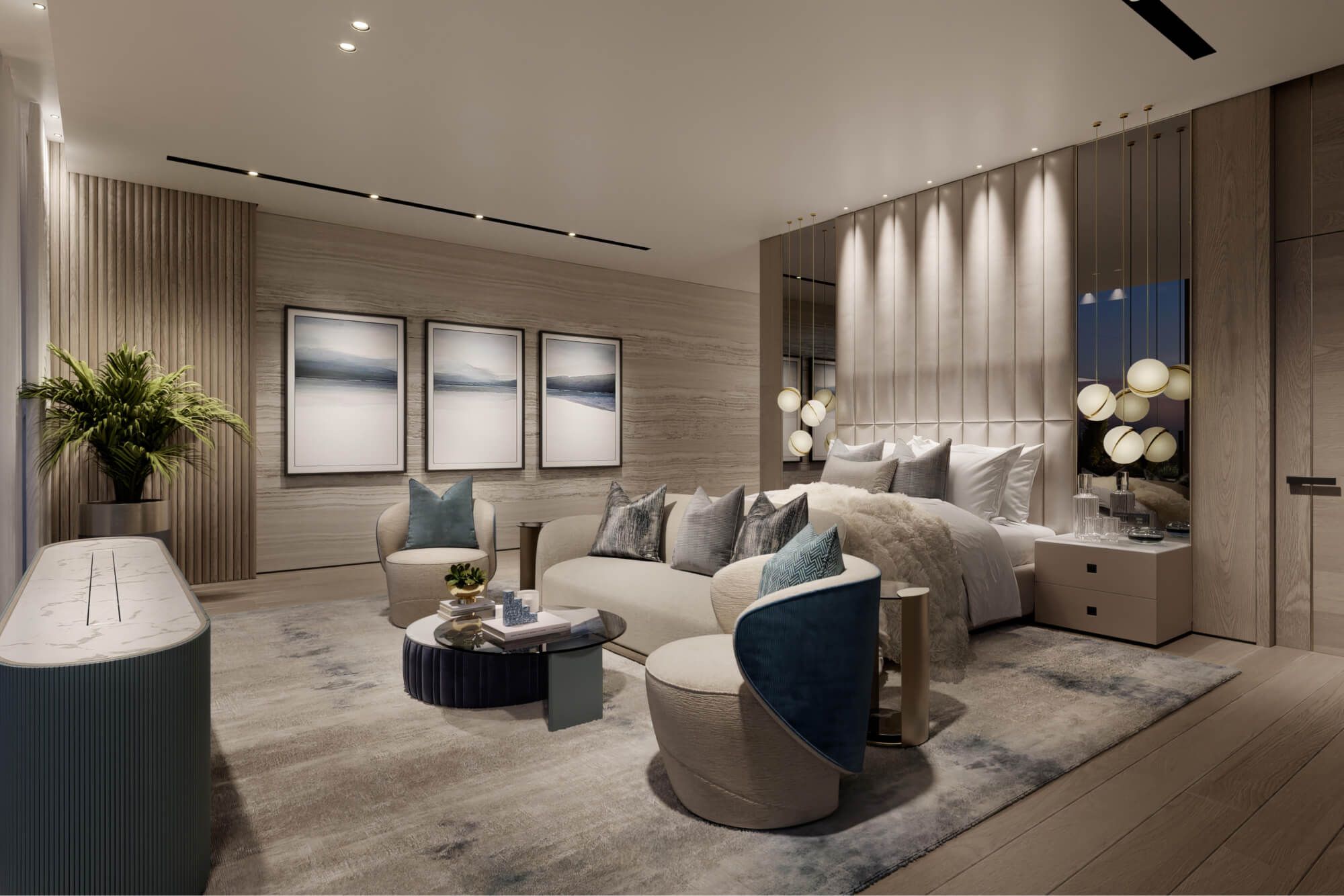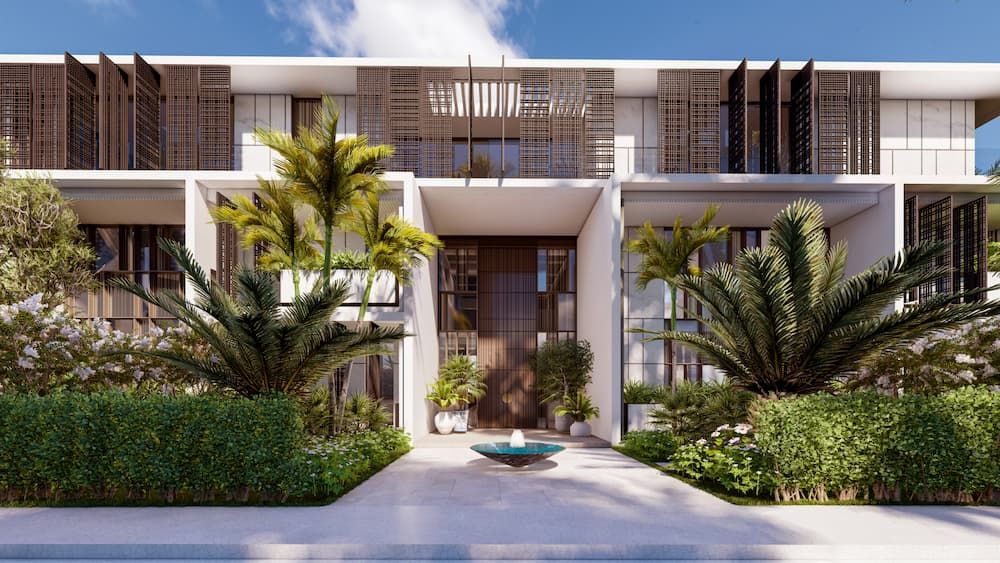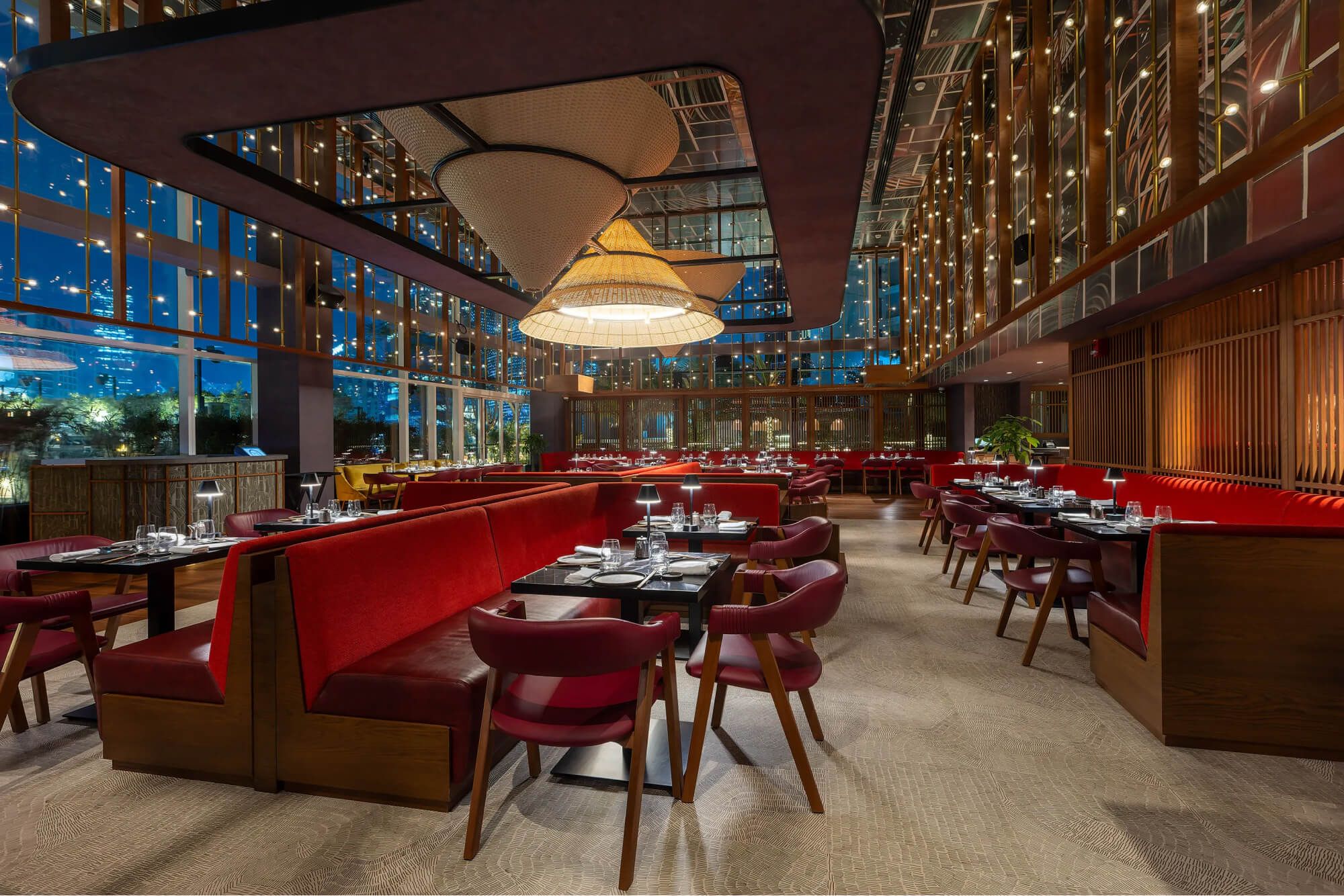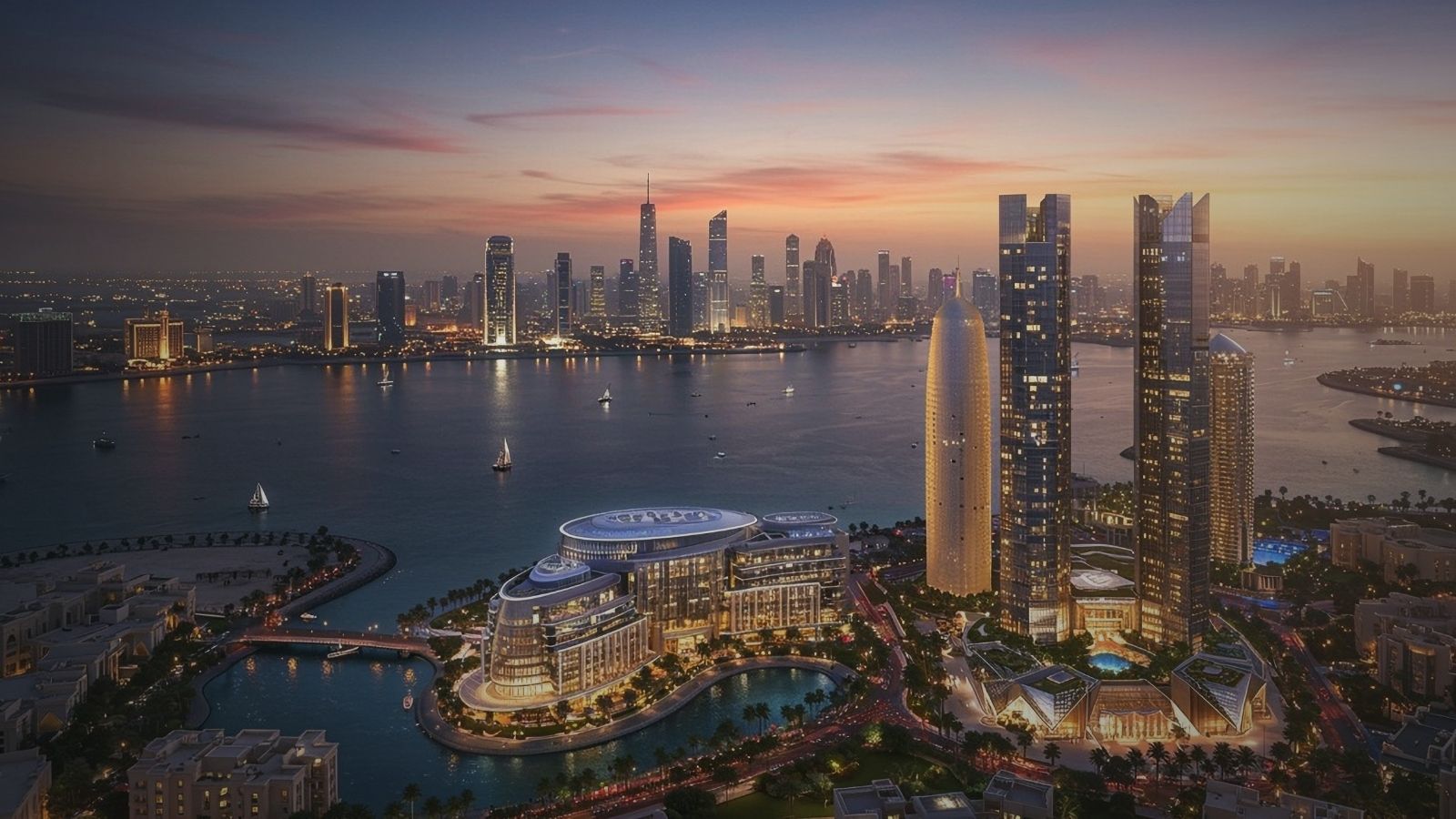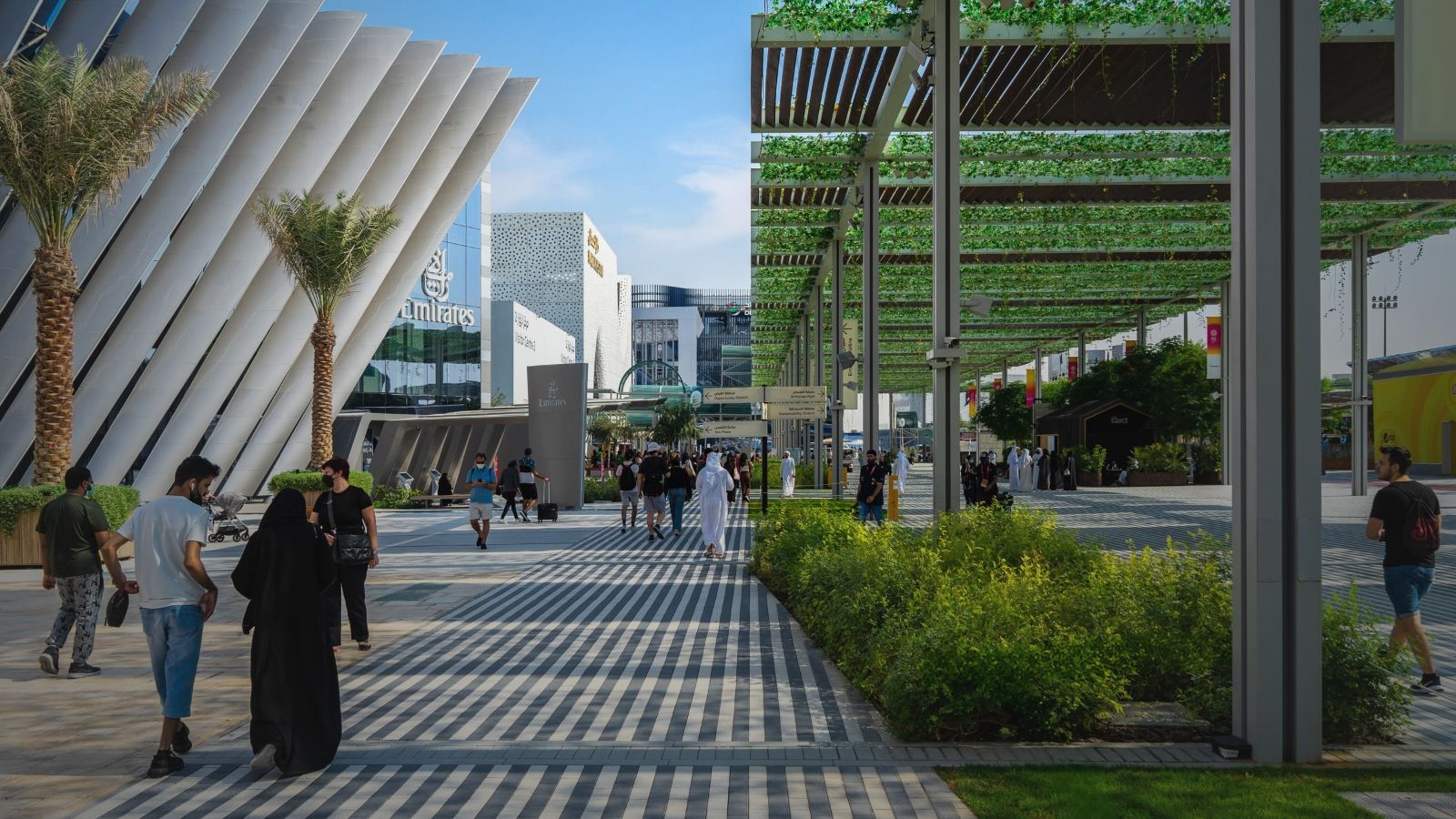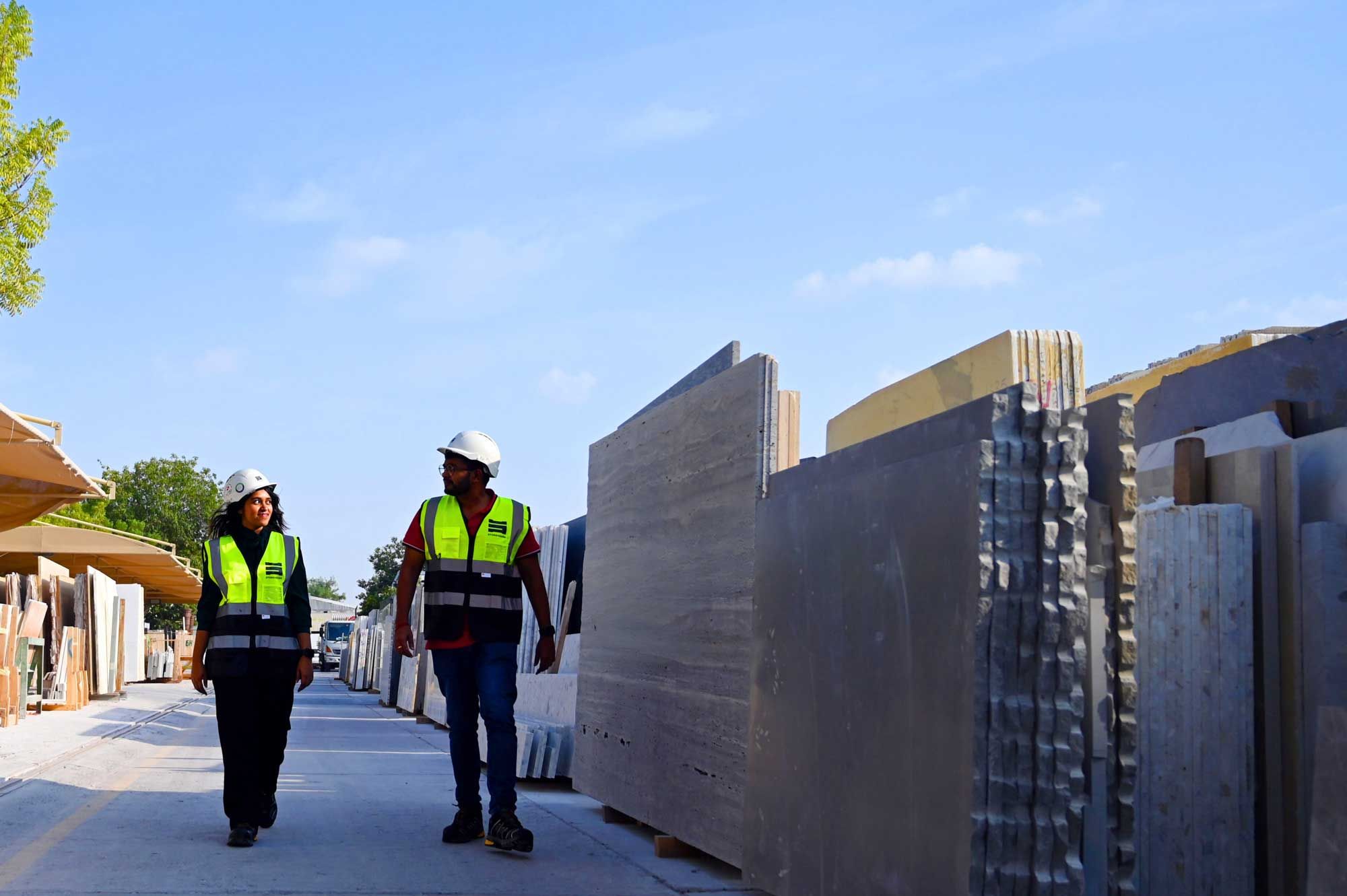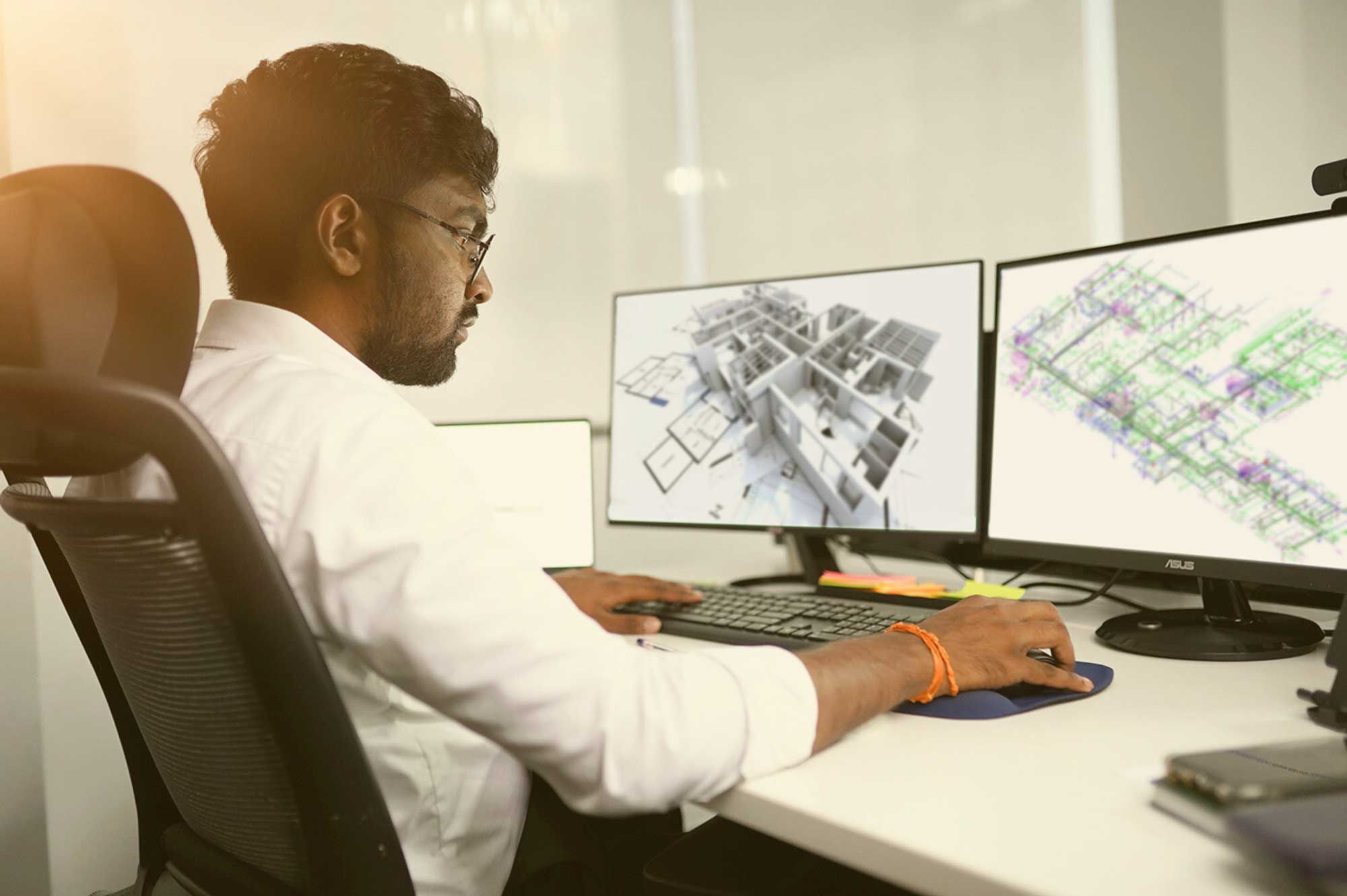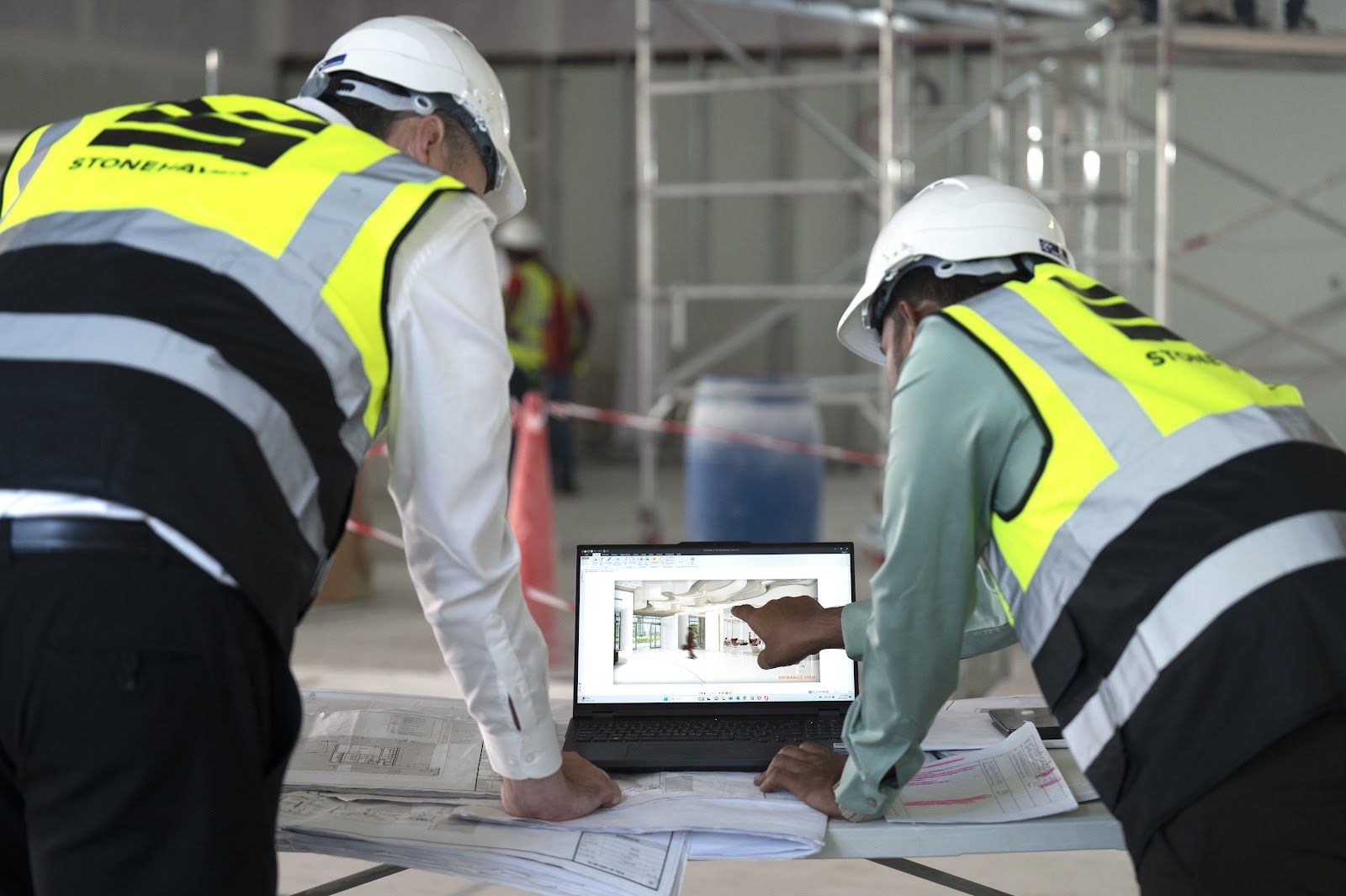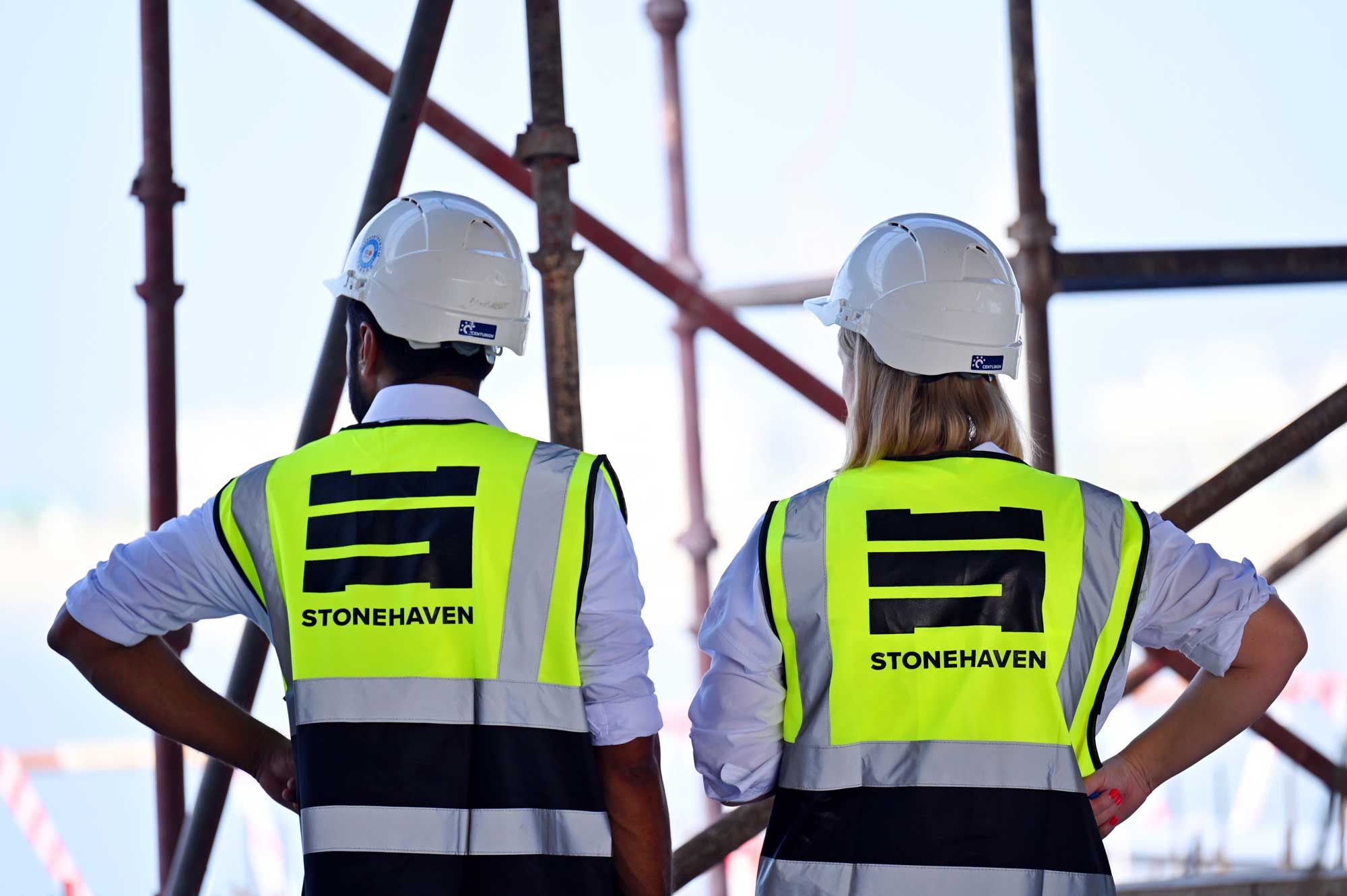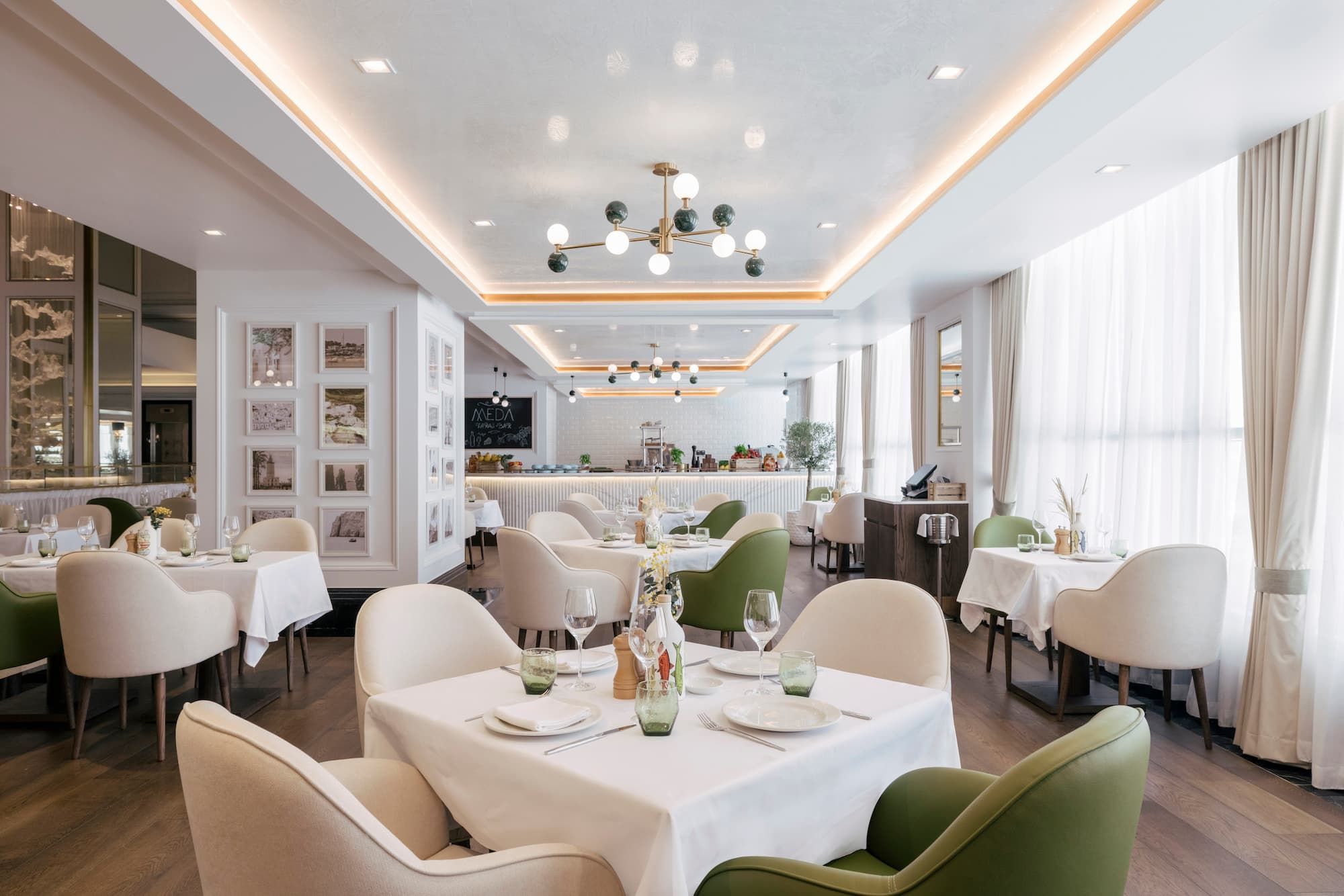In a region long synonymous with architectural spectacle, a quieter, more deliberate current is shaping the next phase of development. No longer defined solely by scale or skyline presence, the most forward-looking projects in the UAE are embracing a deeper ambition: to build not just for visibility, but for intimacy, meaning, and enduring value.
This shift, subtle yet unmistakable, is transforming the very foundations of construction delivery. And for project managers, cost consultants, planners, and engineers, it presents both a creative mandate and a technical recalibration.
Complexity, Once Avoided, Is Now Essential
Today’s most aspirational developments are not linear in structure or scope. They unfold across multiple typologies—residences, wellness spaces, cultural pavilions, curated retail, and hospitality zones—all interconnected not by proximity alone, but by a shared sensibility: that luxury lies in experience, and experience is rarely one-dimensional.
To deliver such intricacy requires more than oversight; it demands orchestration. Project management evolves from control to composition balancing timelines, interfacing disciplines, and sequencing decisions in systems. For cost planners, traditional frameworks give way to layered cost models that allow for iteration, flexibility, and the kind of strategic fluidity that this calibre of development now expects.
Craftsmanship Has Returned as a Philosophy
Where once materiality served function, it now carries narrative weight. The demand for bespoke finishes, locally resonant detailing, and sustainable yet sophisticated materials is not incidental; it is intrinsic to the identity of each space. These are no longer just buildings—they are environments designed to evoke a particular feeling, a sense of presence.
For construction professionals, this shift redefines the procurement process. It encourages long-term supplier relationships, early contractor involvement, and a renewed focus on quality assurance—not as a reactive measure, but as a proactive, curated approach to delivery. The execution is precise, but the outcome is emotional: a built form that resonates on sensory, spatial, and symbolic levels.
Infrastructure Moves from Background to Foreground
In ultra-luxury environments, even access must be choreographed. Infrastructure whether marine-facing, subterranean, or discreetly embedded into the landscape as a gesture of intent. It signals exclusivity, privacy, and control.
This expanded role of infrastructure challenges conventional delivery sequences. Site logistics become a design discussion. Enabling works are aligned not only with engineering logic but also with the desired flow of the user journey. For project teams, this demands a more agile response, one that integrates back-of-house requirements into the front-end vision without compromising functionality or fluidity.
Certifications Are Design Directives
What was once a measure of compliance has become a blueprint for excellence. Today’s projects aim for the highest global certifications in sustainability, wellness, smart integration, and digital performance, not as aspirations, but as fundamental expectations. This has profound implications for how buildings are conceived, constructed, and maintained.
Each certification introduces new layers of collaboration: with specialists in environmental performance, acoustic design, air quality, cyber-readiness. But rather than constraining creativity, these demands elevate it. They embed a future-facing intelligence into every system, and they raise the collective standard of what is possible.
Flexibility Is Now a Core Offering
Delivering ultra-luxury means accommodating individuality. Whether through shell-and-core office offerings or adaptable residential layouts, flexibility must be engineered into the structure from the outset. The ability to personalise, refine, and evolve the space over time has become not a benefit, but a baseline.
This evolution extends the lifecycle of delivery beyond practical completion. Fit-out phases blur with main works; client onboarding overlaps with post-contract support. For cost managers and planners, this introduces new levels of granularity into programming and risk allocation. Yet the payoff is clear: greater tenant satisfaction, stronger asset identity, and a long-term value model that is both durable and differentiated.
Long-Term Planning Demands a Broader Lens
When delivery timelines stretch across five, six, even ten years, the role of the project team changes. It becomes not only about execution but about stewardship of capital, of vision, of resilience.
This requires deeper scenario modelling, robust escalation forecasting, and procurement strategies that can absorb the complexities of global supply chains, fluctuating regulations, and evolving client needs. It also demands a mindset shift: from fixed assumptions to adaptive planning; from static timelines to dynamic, risk-informed frameworks.
For the Quantity Surveyor, Precision Has Never Mattered More
In ultra-luxury construction, the role of the Quantity Surveyor is no longer confined to cost control and contract administration, the modern QS must now operate as a strategic advisor balancing financial stewardship with the demands of aesthetic ambition, environmental compliance, and technical complexity.
The traditional tools - BOQs, rate libraries, tender reconciliations remain essential, but they are no longer sufficient on their own. Instead, the Quantity Surveyor or Cost Consultant is now called to engage earlier, forecast deeper, and manage risk more dynamically across extended timelines and layered scopes.
Material pricing is no longer generic. Bespoke finishes require custom benchmarking, and artisanal inputs demand direct supplier engagement. Provisional sums become strategic instruments rather than placeholders, and allowances for design development carry real financial weight.
Featured Perspective
This article includes contributions and insights from Ravindu Nawarathna, Cost Manager at Stonehaven whose project experience in the industry has shaped much of this discussion.
Ravindu is a Quantity Surveyor with more than four years of experience in the disciplines of both Pre & Post Contract in construction industry. He has worked on a variety of projects, specialising in cost estimation, contract administration, and construction management.
With a strong analytical approach and attention to detail, he is committed to delivering cost-effective solutions and maximising value in construction projects.
Building Forward, With Purpose
Ultra-luxury construction in the UAE is reframing the pursuit. It invites the industry to think more holistically, act more collaboratively, and deliver more consciously.
What lies ahead is not a question of more, but of better. Not of speed, but of significance.
And for those ready to respond, those who see construction as both a craft and a commitment, the opportunity is not just to participate, but to lead.
About us
At Stonehaven, we don’t just manage construction, we elevate it.
As a trusted partner to visionary developers across the UAE, KSA and wider Middle East, we bring purpose to every phase of ultra-luxury development. From cost management and project leadership to design support and real estate branding, our multidisciplinary expertise ensures that every detail contributes to something greater: lasting value.
We work at the intersection of craft and commitment—championing quality, sustainability, and excellence across iconic destinations like Abu Dhabi, Sharjah, Qiddiya, and more. For clients building at the highest level, Stonehaven is the consultant of choice.
Let’s build forward—intentionally, intelligently, and giving developments the luxury it deserves.

